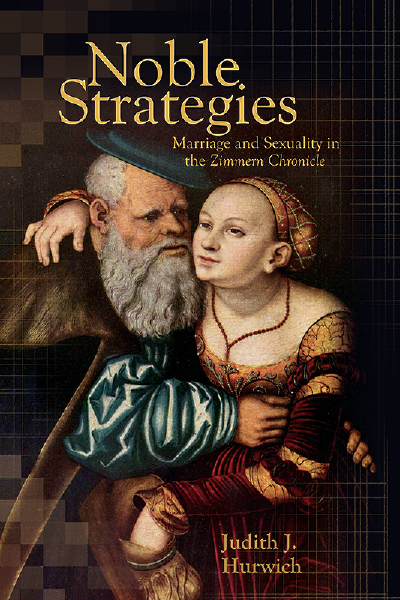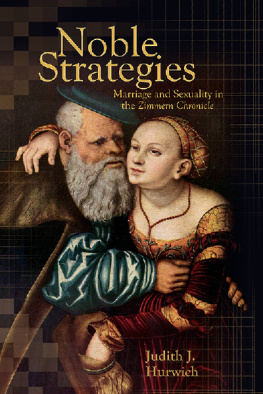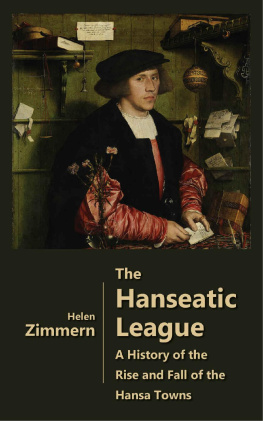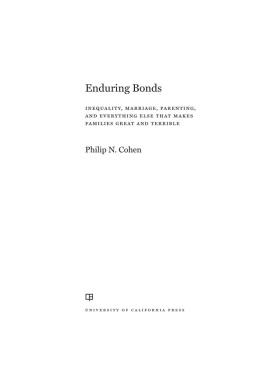
Noble Strategies
Habent sua fata libelli
Sixteenth Century Essays & Studies Series
General Editor
Raymond A. Mentzer
University of Iowa
Editorial Board of Sixteenth Century Essays & Studies
Elaine Beilin
Framingham State College
Miriam U. Chrisman
University of Massachusetts, Emerita
Barbara B. Diefendorf
Boston University
Paula Findlen
Stanford University
Scott H. Hendrix
Princeton Theological Seminary
Jane Campbell Hutchison
University of WisconsinMadison
Ralph Keen
University of Iowa
Robert M. Kingdon
University of Wisconsin, Emeritus
Mary B. McKinley
University of Virginia
Helen Nader
University of Arizona
Charles G. Nauert
University of Missouri, Emeritus
Theodore K. Rabb
Princeton University
Max Reinhart
University of Georgia
Sheryl E. Reiss
Cornell University
John D. Roth
Goshen College
Robert V. Schnucker
Truman State University, Emeritus
Nicholas Terpstra
University of Toronto
Margo Todd
University of Pennsylvania
Merry Wiesner-Hanks
University of WisconsinMilwaukee
Noble Strategies
Marriage and Sexuality in the Zimmern Chronicle
Judith J. Hurwich
Sixteenth Century Essays & Studies 75
Truman State University Press
Copyright 2006 by Truman State University Press, Kirksville, Missouri
All rights reserved. Published 2006.
Sixteenth Century Essays & Studies Series
tsup.truman.edu
Cover illustration: Lucas Cranach the Elder, The Adoring Husband, 1537. Courtesy of Akademie der Bildenen Knste, Gemldegalerie, Vienna.
Cover and title page design: Teresa Wheeler
Type: Minion Pro Adobe Systems Inc.
Printed by Thomson-Shore, Dexter, Michigan USA
Library of Congress Cataloging-in-Publication Data
Hurwich, Judith J.
Noble strategies : marriage and sexuality in the Zimmern Chronicle / Judith J. Hurwich.
p. cm. (Sixteenth century essays & studies ; v. 75)
Includes bibliographical references and index.
ISBN-13: 978-1-931112-59-8 (alk. paper)
ISBN-10: 1-931112-59-2 (alk. paper)
1. Zimmern family. 2. FamilyGermanySwabiaHistory16th century.
3. MarriageGermanySwabiaHistory16th century. 4. Sex customsGermanySwabiaHistory16th century. 5. NobilityGermanySwabiaHistory16th century. I. Title. II. Series.
HQ626.15.S93H87 2006
306.80943'46dc22
2006017257
No part of this work may be reproduced or transmitted in any format by any means without written permission from the publisher.
The paper in this publication meets the minimum requirements of the American National Standard for Information SciencesPermanence of Paper for Printed Library Materials, ANSI Z39.48-1992.
Sequential numbers in square brackets [ ] in the body of the text refer to page numbers in the print edition; citations appeared as footnotes in the print edition.
Contents
Conclusion
Table 4.3: Marriages of Elder and Younger Children and Rank of Spouse
I first became fascinated by the Zimmern Chronicle when I was assigned to write a paper on it in a graduate seminar on the Renaissance given by Felix Gilbert as a visiting professor at Princeton. My first reaction to the colorful chronicle of the spectacularly dysfunctional Zimmern family was how typical are they? At that time, this question was impossible to answer, since little research had as yet been done on the history of the family and virtually none on the German noble family. As a student of Lawrence Stones at Princeton, I was introduced to the pioneer work in the history of the family and I resolved to return to the Zimmern Chronicle once the field was sufficiently developed to allow me to place the chronicle in a broader German and European context.
Since I have spent my career outside the university, I am particularly grateful to members of the Sixteenth Century Society and Conference who encouraged me to continue with my research, including Raymond Mentzer, Merry Wiesner-Hanks, and Gerald Strauss. Karl-Heinz Spiess helped me obtain recent articles from German publications and kindly allowed me to use his unpublished research on the German princes. Raymond Mentzer and the anonymous readers for the Truman State University Press gave me much-needed help in editing the manuscript. I would especially like to thank Kathryn Reichard for her invaluable assistance as listener and sounding board over the many years of this project, and for her editorial suggestions. Lastly, I would like to thank my husband, Bob, for his patience and practical advice.
[1]
The Zimmern Chronicle and the Zimmern Family
In the mid-1560s, the Swabian Count Froben Christoph von Zimmern sat down to write a chronicle of the history of his family, which had made a remarkable comeback from political and economic disaster. Looking back over generations of happy and unhappy marriages and extramarital affairs, births (both legitimate and otherwise), family honors and family scandals, he left a remarkably frank and detailed account of the Zimmern family. Largely unknown for two centuries, the Zimmern Chronicle, or Chronicle of the Counts of Zimmern, came to light in the late 1700s. Since that time, it has been regarded as a unique and valuable source of cultural history in Germany in the sixteenth century. It has a well-established reputation for being one of the most colorful representations of Swabian noble culture and for giving an unparalleled glimpse into the minds, habits, and bedrooms of the premodern nobility.
The Zimmern Chronicle is unique among the chronicles of German noble families not only for its great length (1581 pages of manuscript, of which three-quarters are devoted to the period from the 1480s to the 1560s) but also for its inclusion of a large amount of incidental material drawn from popular culture, including many Schwnke, or bawdy merry tales. It is this incidental material, rather than the narrative of the Zimmern family itself, that has made the Zimmern Chronicle famous since the eighteenth century as a source for the study of German literature, popular culture, and law. The Zimmern Chronicle helps to fill this gap through its inclusion of much material that was either autobiographical or handed down orally within the family.
Froben Christoph von Zimmerns richly detailed account of his own marriage negotiations, for example, demonstrates that a young nobleman did not merely acquiesce in a candidate selected by his elders, but could manage the negotiation process himself and reject a candidate he disliked. The Zimmern Chronicle is remarkably candid about tensions within the family, portraying fratricidal quarrels over the inheritance, estrangements between fathers and sons, and separations between husbands and wives. The chronicler has more than one occasion to echo Ovids lament that love or unity between brothers is a rare bird (ZC 2:329; similar sentiments are expressed at 2:134, 3:29192). While warnings against the damage quarrels between brothers could inflict on the wealth and reputation of the lineage can also be found in other noble house chronicles of the period, the Zimmern Chronicle stands alone in its emphasis on emotional relationships within the nuclear family and especially in its condemnation of the extramarital sexual relationships noblemen took for granted. Their wives had to see it, live with it, and keep quiet, even if it stabbed them to the heart, exclaims the chronicler (









